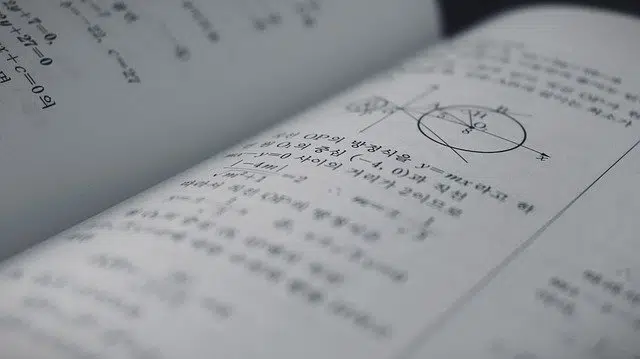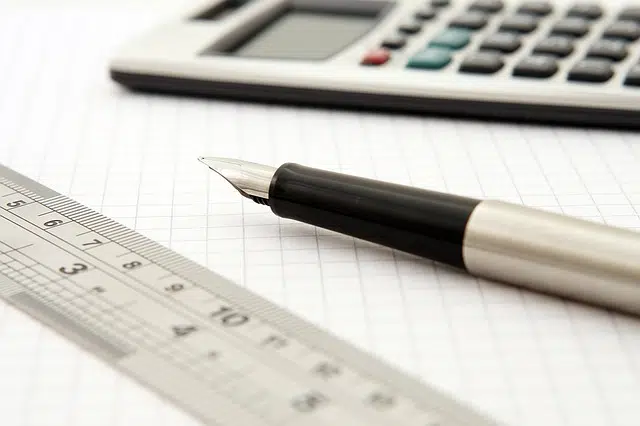
For vector subtraction, you take one vector and add the opposite to it.
Vector is a notion that has several uses. It may be the agent who is in charge of moving something from one place to another; of a projection with varying intensity and characteristics; of a magnitude that has a point of application, a sense and a direction; or the organism capable of transmitting certain diseases.
That is to say, a vector is a tool that gives the opportunity to undertake the representation of vector magnitudes, which not only require a sense but also a direction and also a specific quantity.
What is vector subtraction
The notion of vector subtraction is used in mathematics . In this case, the vector is a magnitude that is graphed as a segment that has its origin at a point A and is oriented towards its end ( point B ). The vector, therefore, is a segment AB .
Vector subtraction is an operation that is performed with two of these segments . To subtract two vectors, what you do is take a ruler and add its opposite .
An example
Suppose we want to perform the following subtraction: AB – DE , with AB (-3, 4) and DE (5, -2) according to the position of the vectors in the Cartesian plane . Taking into account what was said about the sum of the opposite, we should pose the operation in this way:
(-3, 4) – (5, -2)
(-3-5, 4+2)
(-8, 6)
As you can see, to -3 we add the opposite of 5 (that is, -5 ), while to 4 we add the opposite of -2 (that is, 2 ). Thus, the result of this vector subtraction is (-8, 6) .

Vector subtraction is an operation that can be complex.
If, on the other hand, we had added the vectors, the operation was simpler since it was enough to add the components:
(-3, 4) + (5, -2)
(-3+5, 4-2)
(2, 2)
Vector subtraction vs. vector addition
It is considered that adding vectors is much less complicated than subtracting them. And to undertake the first mentioned operation, all you have to do is put the beginning of the second after what is the end of the first, the beginning of the third after what is the end of the second, and so on. successively, until making use of each and every one of the vectors with which you want to operate.
Other important aspects to take into account about vectors and the operations that can be carried out with them are the following:
-Add, subtract and multiply are the operations that can be performed with them.
-When adding or subtracting vectors, what is achieved is obtaining another vector and this can be achieved through different types of procedures, numerical or geometric.
-The subtraction can be carried out through the given Cartesian coordinates of the vectors, both in space and in what would be the plane.
-You can combine the additions and subtractions of vectors in space.
-The opposite of any vector always has the same measure as it but is in the opposite direction.
